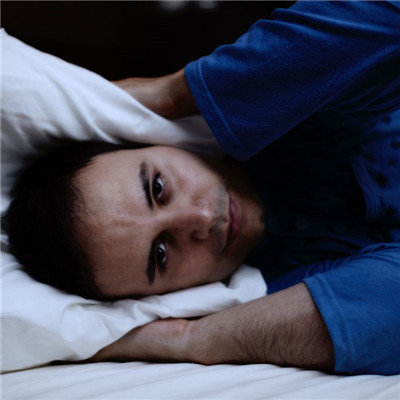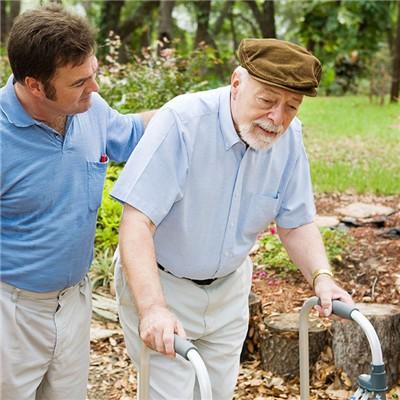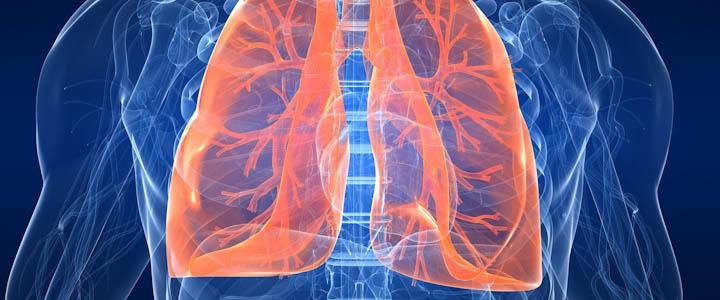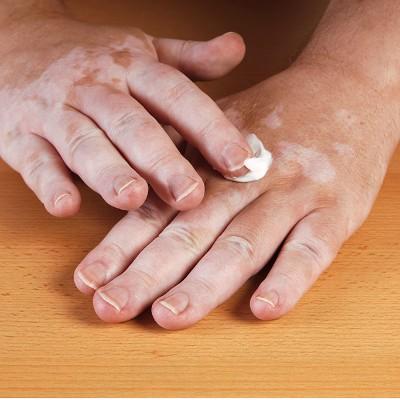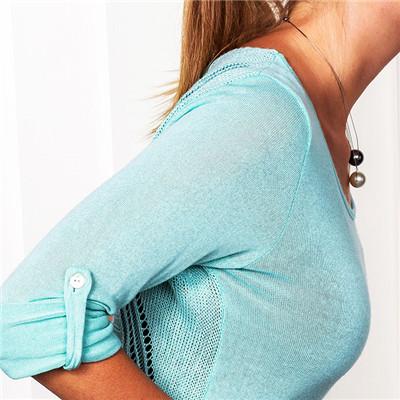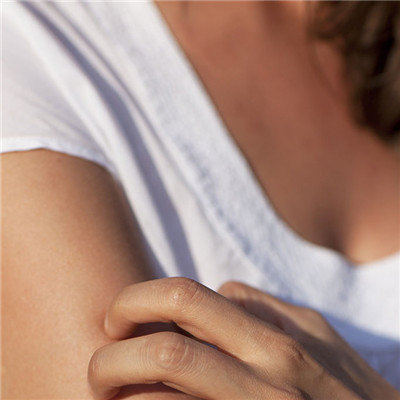What symptom does allergic rhinitis belong to?
summary
Allergic rhinitis is one of the most typical inflammation. For most patients with rhinitis, they know nothing about the etiology of induced rhinitis. In fact, understanding the etiology of induced rhinitis is to control the spread of the disease. What are the symptoms of allergic rhinitis? Let's talk about it
What symptom does allergic rhinitis belong to?
Sneezing, itchy nose, runny nose and nasal obstruction are the four most common symptoms. Sneezing is the most serious in the morning and waking up, and the older children sneeze more than 5 times at a time. When the nasal obstruction is serious, open your mouth to breathe, because the nasal discharge flows to the nasopharynx at night, causing repeated coughing to clear your throat.
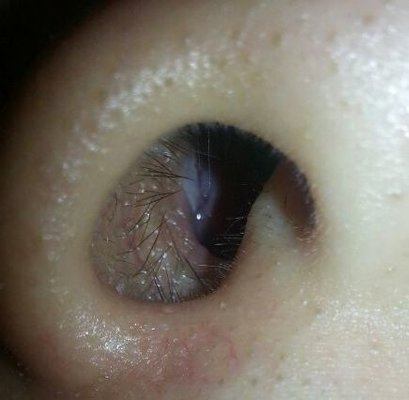
Nasal obstruction often changes with the change of body position. For example, when lying on the left side, the left nose is blocked and the right nose is unblocked. When lying on the right side, the right nose is blocked and the left nose is unblocked. It is a characteristic manifestation of rhinitis. It can be seen that children constantly wipe the front of the nose with their fingers or palms. This action is called "allergic appearance". Some children often do strange actions such as crooked mouth, shrugging nose, pressing nose tip and pinching nose.
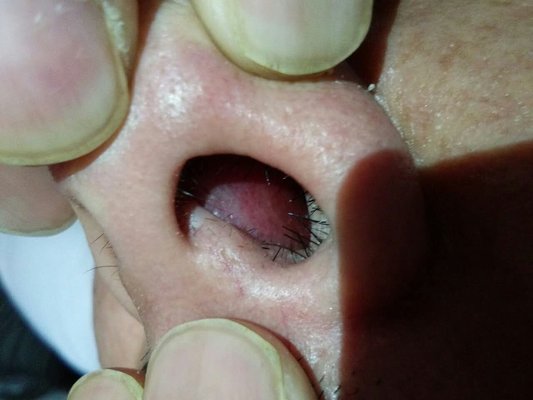
Older children complained of anosmia. Nasal mucus is clear water like, and may thicken due to nasal obstruction or secondary infection. Children can also see gray blue ring shadow and wrinkles under the orbit, which is caused by periorbital edema and venous siltation. It is also a characteristic manifestation of atopic children's eye nose allergy. The combined eye symptoms, including itching, are mostly caused by animal allergens and seasonal pollen. Children often have a family history of allergy.
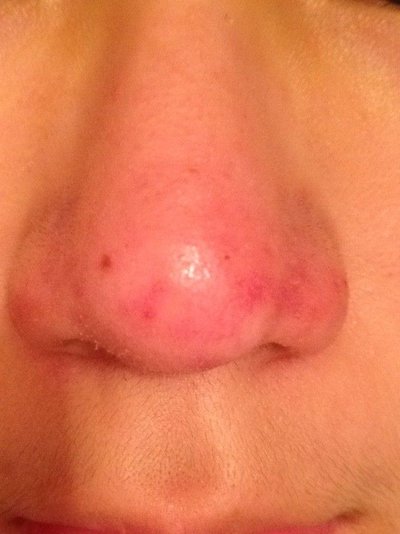
matters needing attention
Allergic rhinitis needs to eliminate beef, caffeinated drinks, chocolate, orange juice, etc. correct and healthy diet can help patients improve their allergic symptoms. Patients should pay attention to avoid contact with allergens in their daily life and keep the living space clean. To timely clean sheets, curtains and other objects that will have dust and bacteria breeding.
